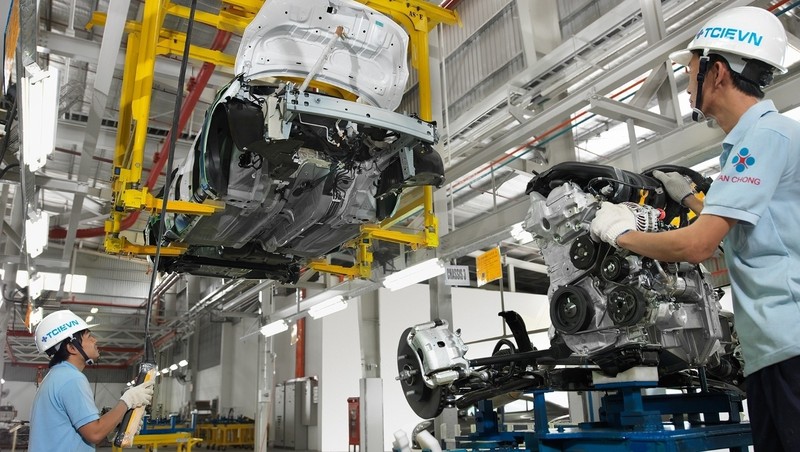Growth decelerated as a result of several factors, including extreme weather as seen in cold spells, drought and saltwater intrusion, falling global commodity prices and increasing pollution, especially marine pollution, which caused seafood output to drop sharply.
As such it is a formidable challenge to achieve an economic expansion of 7.6% over the remaining six months of the year to reach the targeted full-year growth figure of 6.7%.
Supporting enterprises and maintaining growth drivers will be the primary task of the government, executive agencies and the business community itself.
Growth in the second half of the year cannot rely on increasing public investment as the ratio of public debt is approaching the ceiling of 65% of GDP and is likely to exceed that threshold by the end of the year.
Other measures such as lowering interest rates and expanding preferential lending programmes have also been exhausted as deposit rates are trending upwards along with rising inflation.
Growth now can only be achieved by a number of drivers including accelerating disbursement of approved public investment projects, newly established enterprises, enterprises expanding their business or resuming their operation, and actions to attract more tourists.
Vietnam can also take advantage of lower import prices which on average fell 7.8% compared with a 3.85% in export prices, which makes imports cheaper, thereby reducing input costs and saving foreign currency.
Other drivers could come from increases in money supply, outstanding credit, social investment capital and foreign capital funds.
However, further government efforts are needed to improve the business environment, enhance the national competitiveness and support enterprises.
The government is currently considering cutting numerous regulations stipulated in legal documents that are restraining the ability to do business, and making sure that new regulations are compatible with the amended investment and enterprise laws.
In addition, the government will continue to pursue a flexible exchange rate policy, channel credit to priority sectors, restructure agriculture to make it adaptable to climate change and step up trade promotion activities.
The Vietnamese economy is continually growing below its potential. As such it is absolutely necessary to tap into and direct more sustainable growth drivers so that Vietnam can achieve not only this year’s target but also accelerate and enhance the quality of growth over the years ahead.
















